order
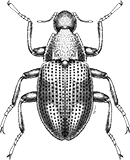
Coleoptera
“Adult Beetles”

Coleoptera
“Larval Beetles”

Diptera
“True Flies”

Ephemeroptera
“Mayflies”
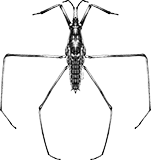
Hemiptera
“True Bugs”

Lepidoptera
“Aquatic Caterpillars, Snout Moths”

Megaloptera
“Alderflies, Dobsonflies, and Fishflies”
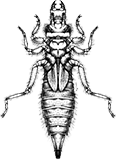
Odonata
“Dragonflies and Damselflies”
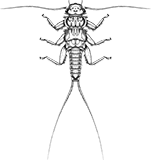
Plecoptera
“Stoneflies”
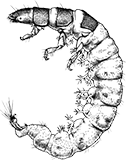
Trichoptera
“Caddisflies”
family
Perlidae
Acroneuria
“Common Stoneflies”
Genus Overview
At least 18 species of Acroneuria occur in North America, living in small streams to large rivers. Mature larvae are engulfing predators, feeding mainly on Chironomidae (Diptera), Ephemeroptera, Plecoptera, and Trichoptera. Adults are unusually vagile, capable of flying long distances, so that they are widely distributed. This is a genus that is often imitated as wet or dry artificial flies by fly fishers.
Characteristics
POLLUTION TOLERANCE
Southeast: 1.5
Upper Midwest: 0
Midwest: 2.3
Mid-Atlantic: 0
0 = least tolerant, 10 = most tolerant
FEEDING HABITS
Engulfer / Predator
MOVEMENT
Clinger
DISTRIBUTION
Widespread (east of the Rocky Mtns.)
HABITAT
Lotic-erosional
Diagnostic Characters
order
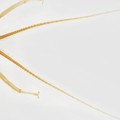
Two Tails
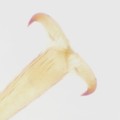
Two Tarsal Claws
family
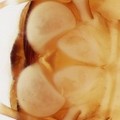
Glossae Shorter Than Paraglossae
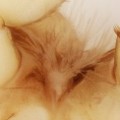
Thoracic Gills
genus
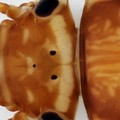
Occipital Ridge
+ Expanded Character List
Order:
Wings developing in wing pads. Mouthparts suitable for chewing. Gills digitiform and located near mouthparts, on neck, sides of thorax, or underside of base of abdomen, never on top or sides of abdomen. Two tarsal claws per leg. Only two tails (cerci).
Family:
Glossae much shorter than the paraglossae. Multi-branched, filamentous gills present laterally and ventrally on thorax, but not on abdomen.
Genus:
Head with three ocelli, brown, usually with yellow M-shaped pattern anterior to median ocellus. Postocular fringe (fringe of hair around eyes) with close-set row of several thick spinules (small spines). Occiput without conspicuous transverse ridge or row of spinules, except some spinules sparsely present near postocular fringe. Fringe along margins of pronotum well developed, except incomplete laterally. Mesal surfaces of cerci fringed with silky setae, at least basally.
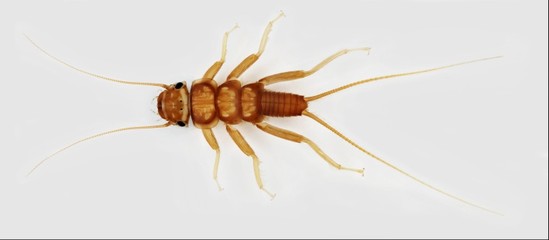
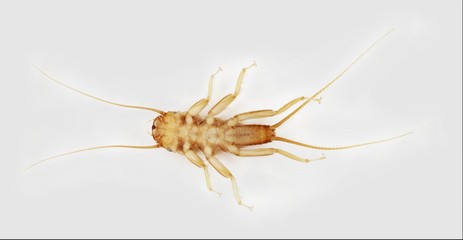
Dorsal
Ventral




